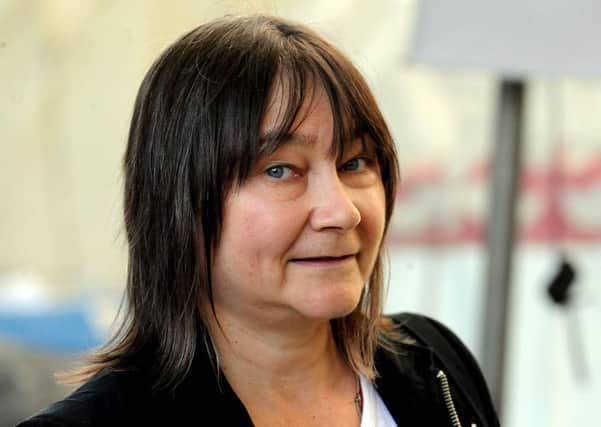Seasonal stories for our separated times


When Autumn, the first of the four books, was published last October, it was hailed by the New York times as “the first great Brexit novel”. “What a novel can do is tell us where we are,” Smith said. “A novel is incredibly potent about its own time. This cataclysmic thing had been happening for a long time, but it has taken a shape because of the divisions in our society.”
This year, she gave the first public reading from Winter, due out in November, which she described as “a strange, old book”. “It’s about what nationalism is, what history is, how we fence ourselves in with identities rather than opening ourselves up.” Beginning with a line which riffs on Dickens’ A Christmas Carol (“God was dead, to begin with”), it left us feeling, as Smith’s books often do, that we were held in the grip of a powerful imagination capable of taking us anywhere, and being only too happy to buckle up and enjoy the ride.
Advertisement
Hide AdAdvertisement
Hide AdReflecting on other books which have responded immediately to the times in which they were written, she picked out two surprising examples: Muriel Spark’s The Abbess of Crewe, written during Watergate, and Jane Austen’s Persuasion, penned at the time of Waterloo. And she spoke to her own debt to Scotland’s literary heritage. “I knew I could do anything I like in a book because of it. It allowed me to use voice from wherever it comes from, and form is an open glorious negotiation.”
There are many ways of describing history and heritage, and Who Built Scotland: A History of the Nation in 25 Buildings is a book of essays which does so through the built environment. Of the five authors, four were present to discuss the book: Alistair Moffat, Alexander McCall Smith, James Robertson and James Crawford (the fifth is Kathleen Jamie). It’s not a history which tries to be comprehensive. It is varied and idiosyncratic, covering several millennia, from the prehistoric burial site at Cairnpapple near Linlithgow to Sullem Voe oil terminal on Shetland.
Some essays are personal: Moffat, for example, writing about the post-war prefab in Kelso where he spent his first seven years, while others introduce buildings we might never have heard of, from Innerpeffray Library, near Crieff, the first public lending library in Scotland, to Sweeney’s Bothy, a contemporary space for artist residencies on the Isle of Eigg.
susan mansfield